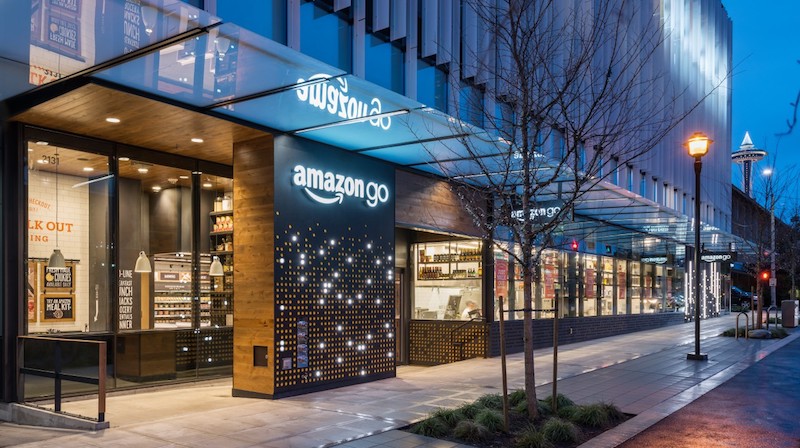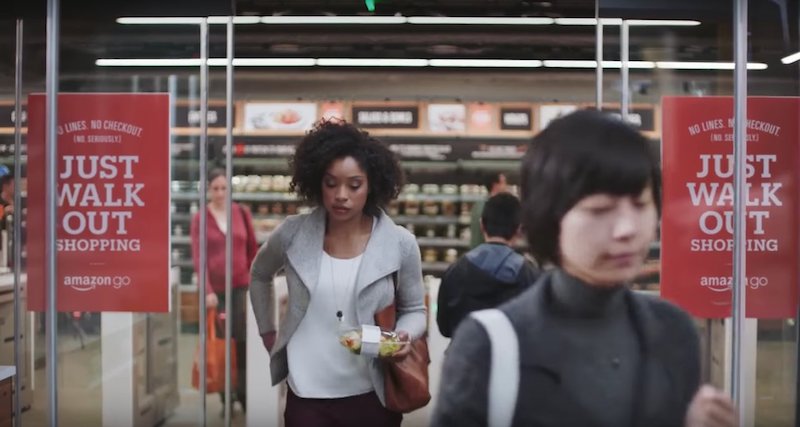How Online Shopping is Changing Retail Design
There is no sensitive way to explain the situation, but online shopping is indirectly killing physical retail stores — but not completely. Yes, some online retailers are opening physical stores, but there’s no doubt that the amount of operating space required is diminishing. Interestingly enough, as the importance of the retail space has slowly declined, the design of it has started to change in ways that actually enhance the shopping experience.
Articles declaring the death of the physical store are published quite frequently, but we should not be so quick to offer our condolences. Even though 78 percent of American consumers bought a product online in the first quarter of 2014, there will always be a need for retail spaces, especially those that offer specialized services. It can be a thrill to go to the store and have all of your senses gratified by speaking to human beings rather than having mediated experiences via an app. The physical store will always exist, albeit in a different form, because Walmart can still offer flu shots and sporting goods stores can still sharpen ice skates. No app will ever change our need for servicing. What is changing is the concept of the store and its place in the material world.
A store can act as a point of pick up rather than a point of sale. When large retailers like Macy’s or Sears vacate their sprawling locations, they leave cavernous voids in malls. But they could easily become neighborhood warehouses where people pick up the products they purchased online or have them delivered to their door via an app.
Malls that are losing tenants could use the extra square footage and parking space to develop land for other purposes. One idea that we’ll see in the near future is the construction of condos and apartments in these vacant spaces to create communities around the little retail that’s left — something GGP plans to do in Seattle.
If the existing store is partly moving away from the shopping experience and toward other forms of mixed-use, non-retail servicing, what will online retailers, who are moving in the opposite direction, offer customers that their physical counterparts cannot? They offer the convenience and experience of an online brand in a brick-and-mortar world.
Amazon Go, which has only 13 locations in the United States, offers customers a seamless experience from entrance to checkout by eliminating the cashier altogether. As customers enter the store, sensors scan their smartphones for the Amazon app, and with the help of cameras, track them as they take items off the shelves. When they’re finished shopping, they simply leave the store while an algorithm totals the cost and sends the bill to their Amazon account. No waiting in line at the checkout next to trinkets, chocolate bars, and tabloid magazines. No getting stuck in an express lane that’s somehow moving slower than the regular ones. Just shop, walk out, and go. Amazon is planning to open more retail stores beyond its current convenience locations, and they’ll no doubt use tech to revolutionize the design of retail spaces and the overall shopping experience.

https://www.youtube.com/watch?v=NrmMk1Myrxc
With more retail spaces like that, visual merchandising will begin to mimic the online shopping experience, at least in the sense that the data collected from customers will be used to craft advertisements and face products. Such spaces will likely contain digital screens and shelves that can rotate products from back to front depending on the approaching customer’s desired view. There are even interactive mirrors out there that allow you to try on an article of clothing without actually putting it on, thereby freeing up more space in stores by eliminating the need for fitting rooms. It may seem creepy to some, but research has shown that it’s exactly what we want.
With online retail sales expected to grow by 57 percent by 2018, the necessity of physical retail spaces will continue to diminish. Stores with tech-based infrastructure will change the way we shop and how retail stores are designed.